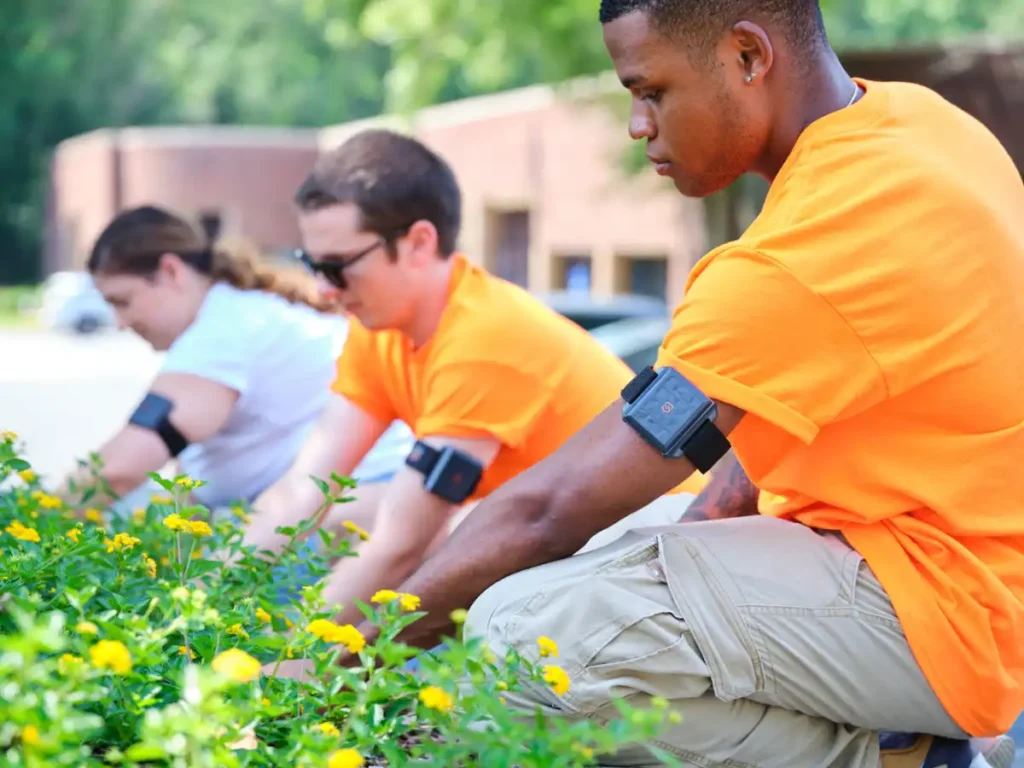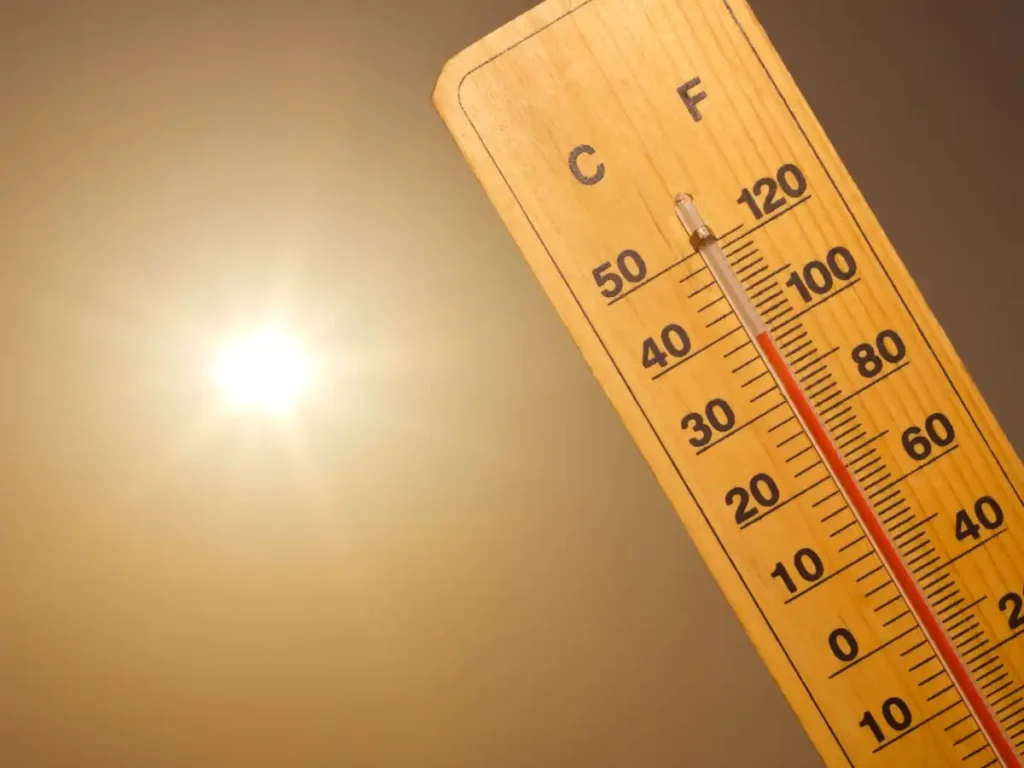Heat season can be brutal. For safety teams in industries like construction, manufacturing, and emergency response, it’s not just a matter of discomfort; it’s a real threat to health and productivity. Every year, heat stress and overexertion injuries put workers at risk and strain company resources. The stakes are high, and the cost of ignoring this challenge can be devastating.
But there’s good news: smart teams don’t wait for the first scorching day to act. They take steps early to protect workers and keep job sites running smoothly, no matter how high the mercury climbs. This article will share practical ways to prepare for heat season, from analyzing past incidents to updating safety plans. We’ll close by showing how physiological monitoring and real-time alerts can strengthen your strategy.
The Importance of Pre-Season Preparation
Heat-related illnesses hospitalize thousands of workers every year, and many more lose their lives. Early preparation gives you the chance to spot and fix problems before they put your team at risk. It also helps you build trust with workers. When they see that safety is a priority, they’re more likely to stay engaged and look out for each other.
Good planning also makes it easier to meet regulations like OSHA’s guidelines for heat safety. It’s not just about avoiding fines, it’s about creating a culture where every worker feels protected and valued. That culture doesn’t happen overnight, but early planning is the first step.
Here’s a breakdown of the steps safety teams should take to prepare for the heat season:

Review Past Incidents and Data
Before making changes, it’s smart to look back. Reviewing incident reports and near misses from last summer helps spot trends and problem areas. Were most incidents happening during afternoon shifts? Was there confusion around breaks or hydration stations? Talking to workers about their experiences can give you a clearer picture.
Digging deeper into past data can uncover risks that aren’t obvious.
Signs to look for:
- Sudden productivity dips during peak heat
- Increases in first aid reports or complaints about feeling faint
- Reports of headaches, dizziness, or confusion, early signs that often go unnoticed
These patterns can highlight the gaps in your current safety plan. By using data, you can make decisions based on real numbers instead of guesswork.
Adjust Work Schedules and Alert Thresholds
Changing work schedules is one of the simplest ways to beat the heat. Starting shifts earlier or staggering work hours helps limit the time workers spend under the sun’s peak intensity. It’s also important to plan more frequent breaks in shaded or air-conditioned spaces.
Some industries, like roadwork or utility repairs, can’t always avoid outdoor exposure. In these cases, rotating tasks can help keep everyone safe. For example, assigning lighter tasks in the afternoon can reduce strain during the hottest hours.
Smart safety teams take it further by tailoring work/rest cycles and setting specific alert thresholds for different job roles and conditions. For example, a worker lifting heavy loads might need different thresholds than someone working in the shade. With technology to track heart rates and core temperatures, supervisors can act fast and pull workers out of danger before an emergency happens.

Refresh and Re-Engage Training
Heat safety training shouldn’t be a one-time event. As summer rolls in, teams need to refresh their knowledge and stay sharp. Interactive sessions and toolbox talks work better than dry slideshows. They keep people engaged and focused on what matters.
Keep the training real and relatable. Share true stories from past incidents or other job sites, stories that show how fast heat stress can turn serious. Visual aids, like videos or photos, can help workers recognize early symptoms.
Encourage questions. A worker who knows they can ask questions is more likely to remember the answers when it counts. Even short conversations on hot days can keep heat safety top of mind.
Set Clear Expectations for Supervisors and Workers
Heat safety works best when everyone knows their role. Supervisors need to lead by example, checking on workers, enforcing rest breaks, and staying alert to signs of trouble. Workers should feel confident speaking up if they or a coworker starts showing symptoms.
Make expectations part of daily job briefings. A quick reminder at the start of a shift can keep everyone focused on safety. Remind workers that it’s not just about their own well-being, it’s about looking out for the whole team.
A crew that talks openly about heat risks is more likely to act fast when things get hot. That shared responsibility keeps everyone safer.
Build a Heat Season Plan
Every worksite is different, so every plan needs to be tailored. Start by mapping out the conditions your team will face: direct sun exposure, humidity levels, and the type of work being done.
Include workers in creating the plan. They know the job’s demands better than anyone and can offer practical ideas that might get missed in the office. You might hear about a shaded spot that’s rarely used, or a time of day when water stations get too crowded.
A strong heat season plan also includes emergency response steps. Make sure everyone knows what to do if someone starts showing symptoms, who to call, where to go, and how to help.
Once the plan is set, don’t let it collect dust. Check in throughout the season and tweak things as needed. Some days might be hotter than expected, or tasks might change. A flexible plan that adapts to real conditions is the best defense against heat stress.

How Innovative Solutions Can Help
Technology has changed the game for safety teams during heat season. Wearable devices can track vital signs like heart rate, core temperature, and exertion levels. They send real-time alerts when a worker’s body starts to push beyond safe limits. This isn’t about guesswork, it’s about facts you can trust.
These alerts help supervisors respond fast, pulling workers out of harm’s way and adjusting work/rest cycles on the spot. When combined with solid training and smart scheduling, physiological monitoring keeps workers safer and more productive. It’s like giving supervisors an extra set of eyes and workers a reliable safety net.
Smart teams don’t stop at training or schedules. They use this technology as part of a bigger plan to protect their people and keep work moving. Every alert, every data point, helps make sure no one gets caught off guard by the heat.
Putting Your Heat Safety Plan Into Action
Heat season doesn’t have to catch you off guard. By reviewing past incidents, adjusting schedules and alerts, refreshing training, and setting clear expectations, you’re putting your team in the best position to stay safe.
Adding physiological monitoring and real-time alerts makes your plan even stronger. It’s about working smarter, not harder, and making sure every worker is protected. Start your planning now. Your team will thank you when the temperatures climb.

